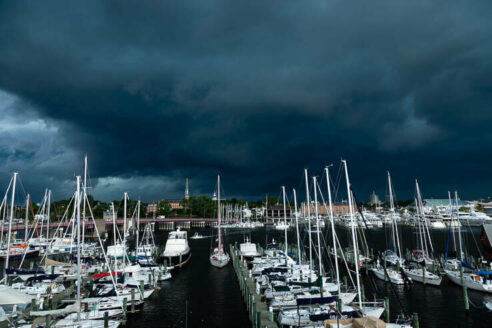Tagged Stories: "Virginia Institute of Marine Science (VIMS)"
Bay’s dead zone is predicted to be 13% smaller this summer
June 28, 2022Thank cooler temperatures and less rainfall for a below average hypoxia forecast
Read story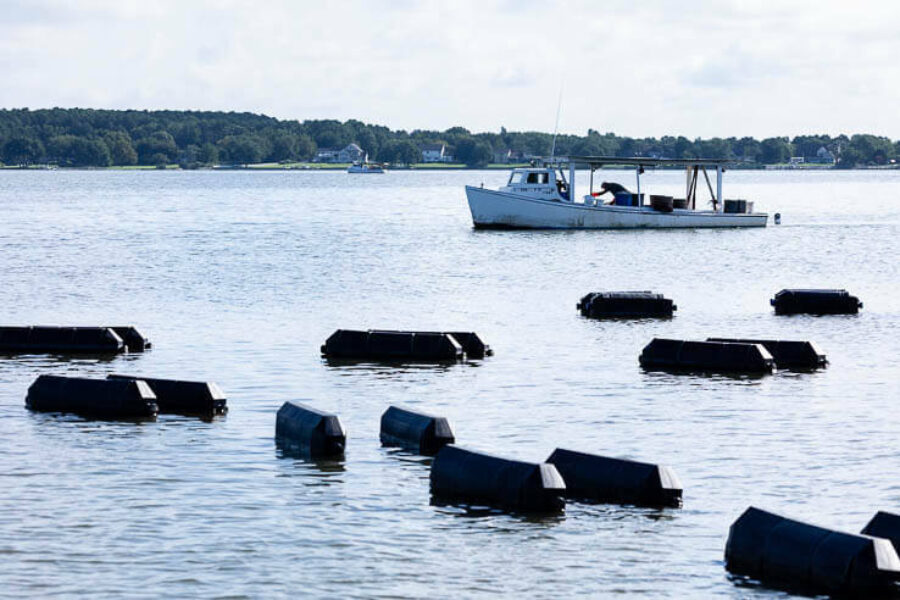
Experts find an average Chesapeake Bay dead zone in 2021
November 30, 2021Hot weather and mild winds contribute to the dead zone sticking around longer into the fall
Read story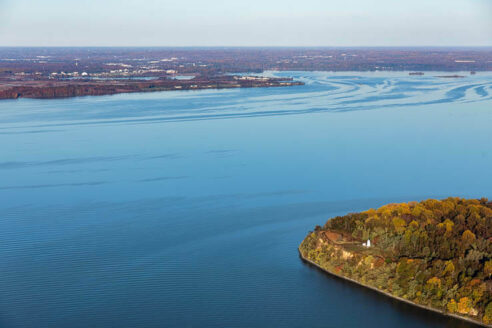
Acreage of underwater grasses in the Chesapeake Bay decline for second straight year
July 28, 2021Despite decrease, experts see a glimmer of hope for the future of Bay grasses
Read story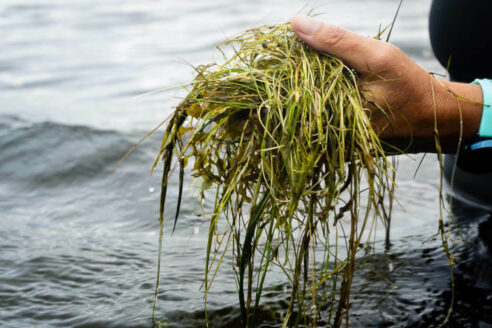
Harbor seals are becoming a regular highlight of winter in the Chesapeake Bay
December 2, 2020These visitors to the Bay are better watched at a distance.
Read story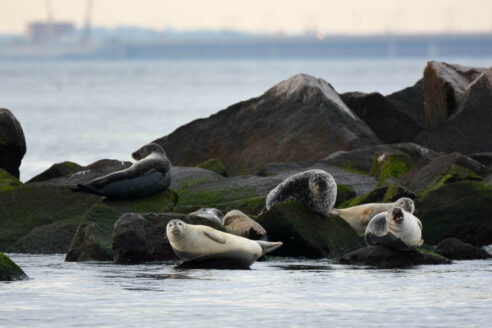
Thanks to the weather and efforts to reduce pollution, the 2020 dead zone remains small
October 28, 2020Experts estimate dead zone is the seventh smallest in the past 35 years
Read story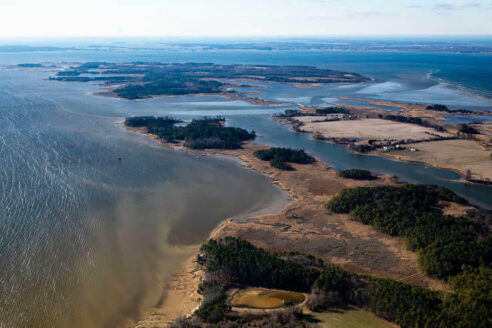
Above average river flows impact underwater grasses
July 8, 2020Abundance declines after several years of growth
Read story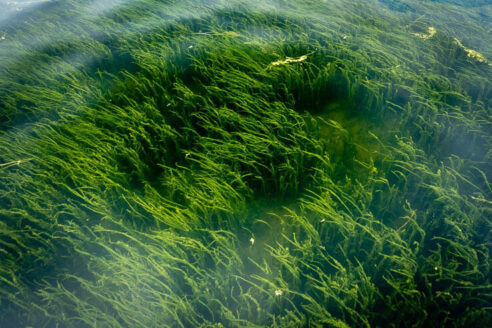
A harmful algal bloom caught red handed
July 6, 2020As pollution persists, so do mahogany tides
Read story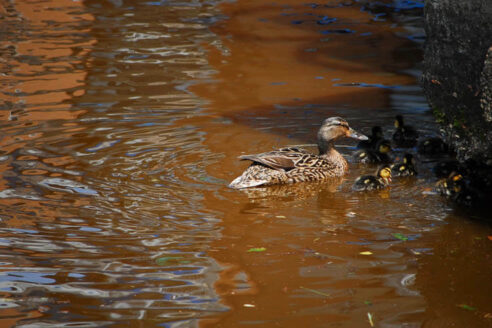
Chesapeake Bay blue crab population remains healthy and sustainable, despite population decline
July 1, 2020Management efforts continue to ensure protection and sustainability of Chesapeake Bay blue crabs
Read story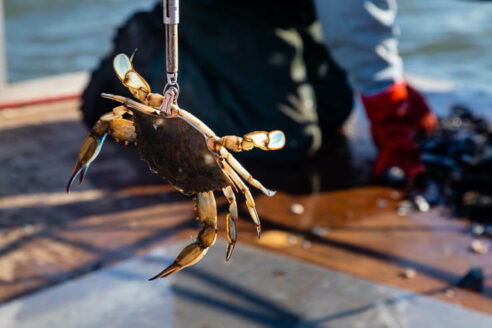
Smaller-than-normal dead zone predicted for the Chesapeake in 2020
June 17, 2020Below-average spring rainfall brings less nitrogen pollution into the Bay
Read story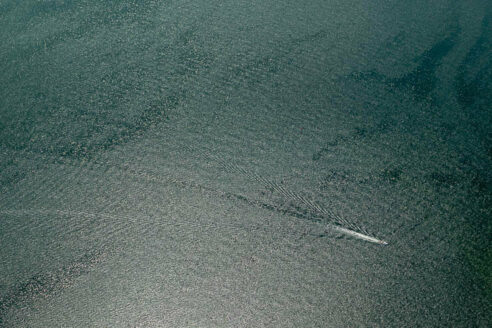
Bay sees worst dead zone in the past five years
December 3, 2019Warming temperatures and heavy rainfall impact size, duration
Read story